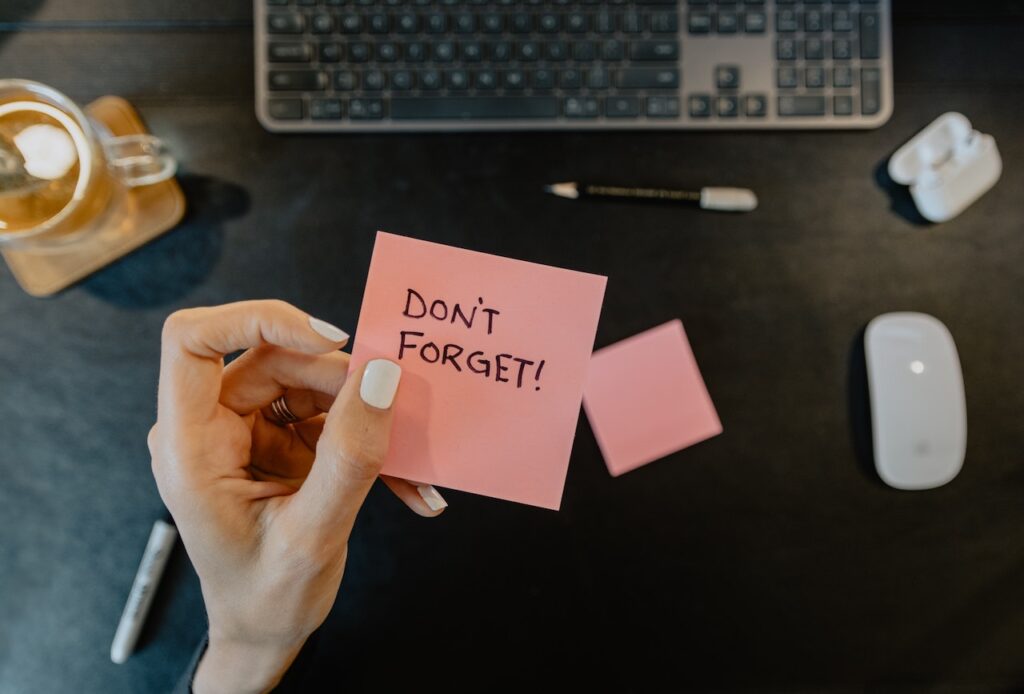
Welcome to the ATKFL Mindfulness Starter Kit
So, perhaps you’ve heard of mindfulness or meditation recently but don’t know what exactly it means or how it can benefit you.

I define mindfulness operationally as the awareness that arises by paying attention on purpose, in the present moment, and non-judgmentally.
Jon Kabat-Zinn, Full Catastrophe Living, Revised Edition: How to cope with stress, pain and illness using mindfulness meditation Tweet
When I answer this question I often use the Jon Kabat-Zinn quote which points to mindfulness as paying attention on purpose in the present moment and non-judgmentally. This definition is great because it covers so many components of the practice which makes it a practical tool; covering both the objective and the attitude that you should bring to the practice.
More recently, while leading sessions and discussions with people who are new to mindfulness practice, I simply say that mindfulness practice is about remembering that you’re alive. It’s simpler and everybody seems to ‘get’ this. When I say ‘remembering’ most people can understand that they have forgotten something. And the something that they have forgotten is that they are, living, breathing human beings; having an embodied experience and connected not just to themselves, but also with everything around them.
Mindfulness practice is remembering that you are alive.
Chris Cheung, @atoolkitforlife Tweet
The next step is to ask why we have forgotten. As we reflect on this during practice, numerous reasons arise; because of busyness, because of worry, because of stress, because we suffer. Many of us face the situation where we are working so hard, or worrying about how to make ends meet that our mind is not on what we are doing, but just on how we can make it through, or make it higher. We don’t have the time to see or appreciate what’s happening right in front of us.
When we sit for mindfulness practice, it is a time in the day when we are just making a space for ourselves. A time when we recognise that we should focus on what we are doing right now and checking-in to see how we are feeling. A time when we can observe the dynamic of our emotions, thoughts and worries without getting involved in it. And in the space that this practice creates, there is the possibility to realise; wow, I am living, I am breathing, of course, I am.
This image of remembering is in line with the Satipatthana where the original translation from Pali to English took place in the nineteenth century – where the word ‘sati’ was first translated into ‘mindfulness’. But another interpretation of the word ‘sati’ is ‘remembering’. And to me this makes a lot of sense – because the funny thing is, when the mindfulness session is over, and we’ve all gotten up and are about to make our way home, the chances are we will have already forgotten.

So, perhaps you’ve heard of mindfulness or meditation recently but don’t know what exactly it means or how it can benefit you.

Facebook Twitter LinkedIn Email These are the five tools that I have used in the past that have helped me to be clearer in my

What an honour to be guiding this inspiring group of Leaders on their mindfulness journeys. In partnership with Business for Better Society…

Mindfulness and its practice can be hard to describe. For many it conjures up images of monks sitting in a monastery meditating, for others it
Mindful tools for greater clarity, less stress, and happiness.